By Philip Cauchi
Level of ability: The players should have a general understanding of the principles of defending pressure, cover and balance. With beginners it might be more fruitful to keep the contexts simple by using less players. With more advanced players we can overload the defenders by playing in a numerical disadvantage.
Aim: To deny the direct opponent the space to finish on goal.
Team function: Defensive organisation.
Key team principles:
1. Narrow distances between players.
2. Close down the shooting angle.
3. Shift as a unit.
4. Create overloads and positional superiorities around the ball.
Key individual principles:
1. Angle of approach to apply pressure – make play predictable.
2. Body profile to mark the opponent.
3. Distance and marking angle from the direct opponent.
Practice 1: The marker collector.
Aim of practice: Running with the ball and passing with accuracy.
Training load: Four sets of two minutes each. Rest for two minutes between sets.
Total duration: 18 minutes.
Area of practice: Twenty yards by twenty yards.
Description: The first player in each group dribbles the ball forward to pick ONE marker of which its color is assigned to the group. After picking up the marker, the player passes the ball back to the group while s/he runs back with the marker in hand. The player next in line takes his/her turn. The group that collects all of its markers first wins the game.
Rules: When picking up a marker the ball carrier should have control on the ball without using the hands.
If the hands are used to control the ball a penalty point will be given to the concerned team.
If when the ball is passed back it hits a player of an opposing team a penalty point will be given to the concerned team.
Variations:
1. As a variation, the players may try to intercept the opponents’ passes to their teammate next in line. If this happens, the marker should be given to the player who is hit.
2. Instead of passing, the players must dribble the ball back to their group. The opponents may tackle to dispossess the dribbler of the ball while retaining control over theirs. If successfully tackled, the marker that is carried by the dribbler should be passed to the player who executed the tackle.
Key performance outcomes:
Head up.
Close control of the ball.
Direction and speed of the pass.
Timing of passes (variation 1).
Hide the ball from the opponents when dribbling (variation 2).
P.S. Perform mobility and dynamic stretching exercises during the two minutes rest periods between sets.
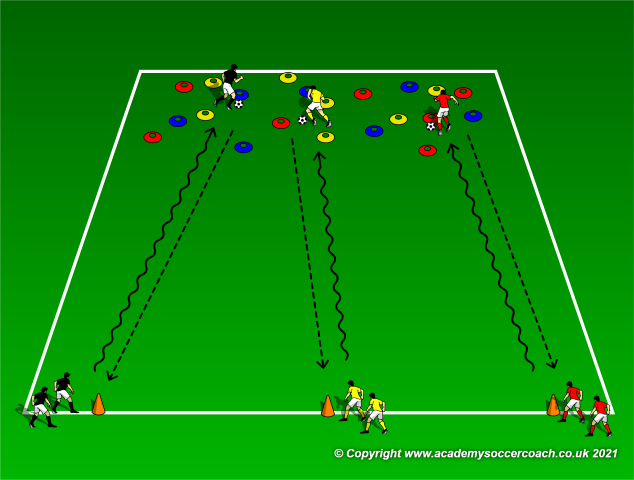
Figure 1 – Start with a smaller area and then increase as the muscles get warmer.
Practice 2: 1v1 with goalkeepers +2 neutrals on each flank.
Aim of practice: To deny the opponent from scoring, win the ball and counter attack.
Training load: Six repetitions of fifteen to twenty seconds each with one minute of rest between repetitions.
Total duration: 7 minutes.
Area of practice: Fifteen yards in length by ten yards in width.
Description: The two players inside the area play 1v1. Each of them defends a goal and attacks the opposite. The players are each helped by a goalkeeper while the neutral players on the flanks aid the player in possession of the ball.
Rules: The neutral players and the goalkeepers are not allowed to score. Whenever a goal is scored or the ball goes out of play, restarts take place from the goalkeeper of the team in possession.
Key performance outcomes:
Make play predictable.
Protect the goal.
Goal-side and ball-side marking.
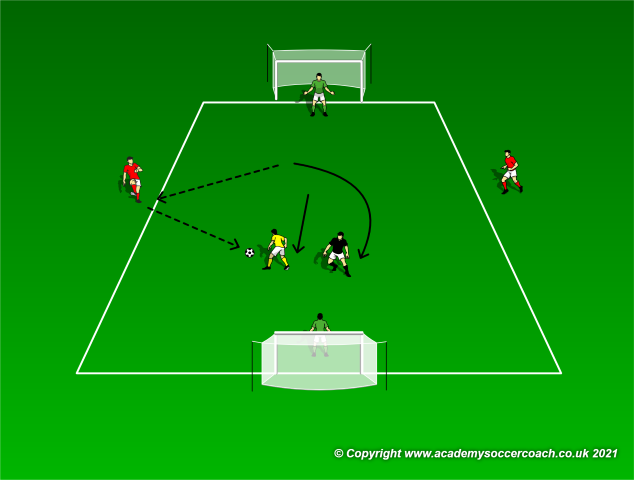
Figure 2 – The defender should always keep ball side and goal side to intercept balls.
Practice 3: 1v1 with goalkeepers +2 neutrals on each goal line.
Aim of practice: To deny the opponent from scoring, win the ball and counter attack.
Training load: Six repetitions of fifteen to twenty seconds each with one minute of rest between repetitions.
Total duration: 7 minutes.
Area of practice: Fifteen yards in length by twelve yards in width.
Description: The only difference between this practice and the previous one is the alignment of the two goalposts and the position of the two neutral players. The goalposts are positioned in a way that guides the defender where she aims to make play predictable.
Rules: Same as in the previous practice.
Key performance outcomes:
Make play predictable
Protect the goal
Goal-side and ball-side marking
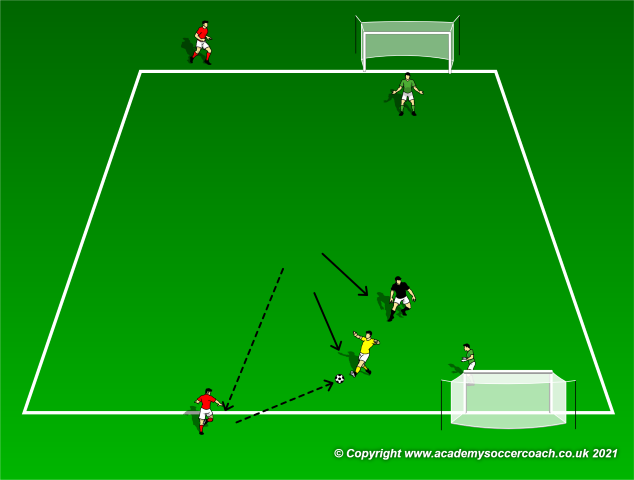
Figure 3 – The defender should recognise the relevant cues in order to anticipate the opponent's next move.
Practice 4: 2v2 + goalkeepers.
Aim of practice: To deny the opponent from scoring, win the ball and counter attack.
Training load: Six repetitions of thirty to forty seconds each with one minute of rest between repetitions.
Total duration: 12 minutes.
Area of practice: Twenty yards in length by twelve yards in width.
Description: Both teams protect a goal and aim to score in the opposite.
Rules: No throw-ins and corner kicks take place. All restarts start from the goalkeeper of the team in possession.
Key performance outcomes:
Pressure on the ball.
Cover and support.
Make play predictable.
Double-teaming.
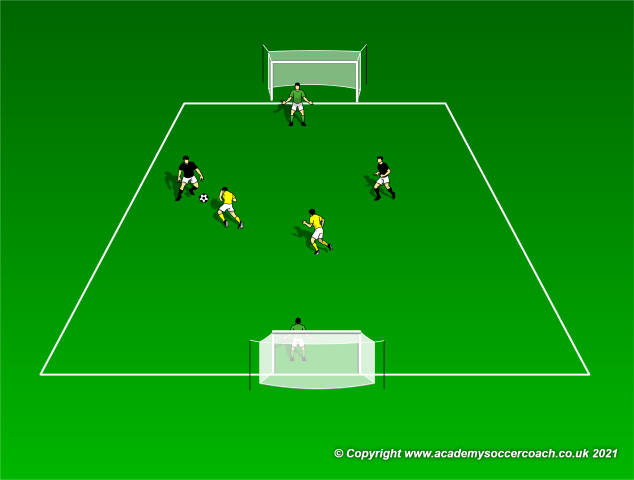
Figure 4 – The covering player should be well positioned to see both the ball and his direct opponent.
Practice 5: GK+3 v 3 Simulated Situation.
Aim of practice: To apply marking in relation to game realistic contexts.
Training load: Three sets of three minutes each interspersed with one minute of rest in between.
Total duration: 11 minutes.
Area of practice: Thirty yards in length by twenty yards in width.
Description: The team that is defending the regular goalpost is composed of a goalkeeper and three central defenders. The opponents who act as the attacking team have a midfielder and two forwards. There are no throw-ins, goal kicks or corner kicks.
Rules: No throw-ins and corner kicks take place. The attacking team restart all actions from their end line.
Key performance outcomes:
Narrowness in the team's formation.
Shift as a unit.
Timing of applying pressure on the ball.
Cover the player applying pressure on the ball.
Cut-off penetration lanes.
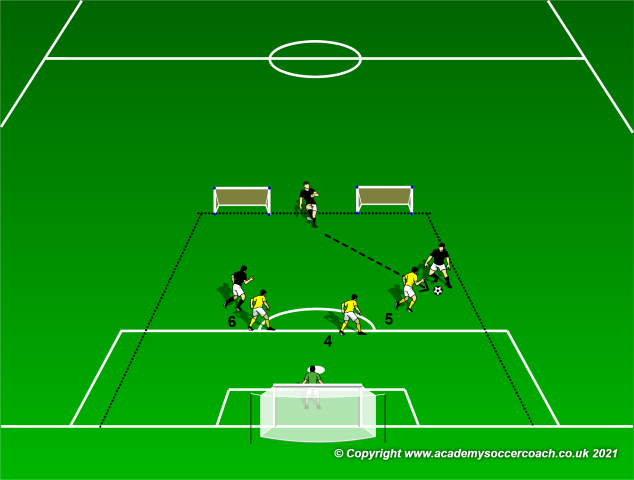
Figure 5 – Simulating defending in and in front of the penalty area.
Global: GK+5 v GK+5 + two neutral flank players.
Aim of practice: To apply marking in relation to game realistic contexts.
Training load: Four sets of four minutes each interspersed with two minutes of rest in between.
Total duration: 22 minutes.
Area of practice: Fifty yards in length by forty yards in width.
Description: Normal game but the team in possession have width by using the two neutral flank players.
Rules: Offside line for the attacking team from the edge of the penalty area. No throw-ins and corner kicks take place. The team in possession restart all actions from their goalkeeper.
Key performance outcomes:
Narrowness in the team's formation.
Compactness between different lines in the formation.
Shift as a unit.
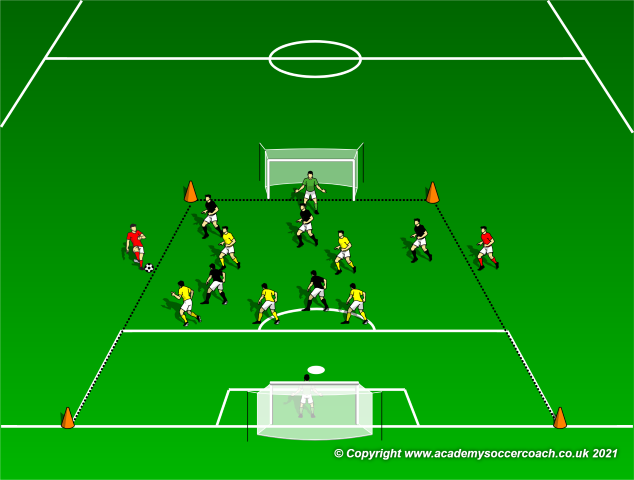
Figure 6 – When the ball is on the flank the whole team should shift towards it to deny space.
Cool down: Players perform a light jog which is then followed by static stretching exercises.
Duration: 10 minutes.
By Philip Cauchi


